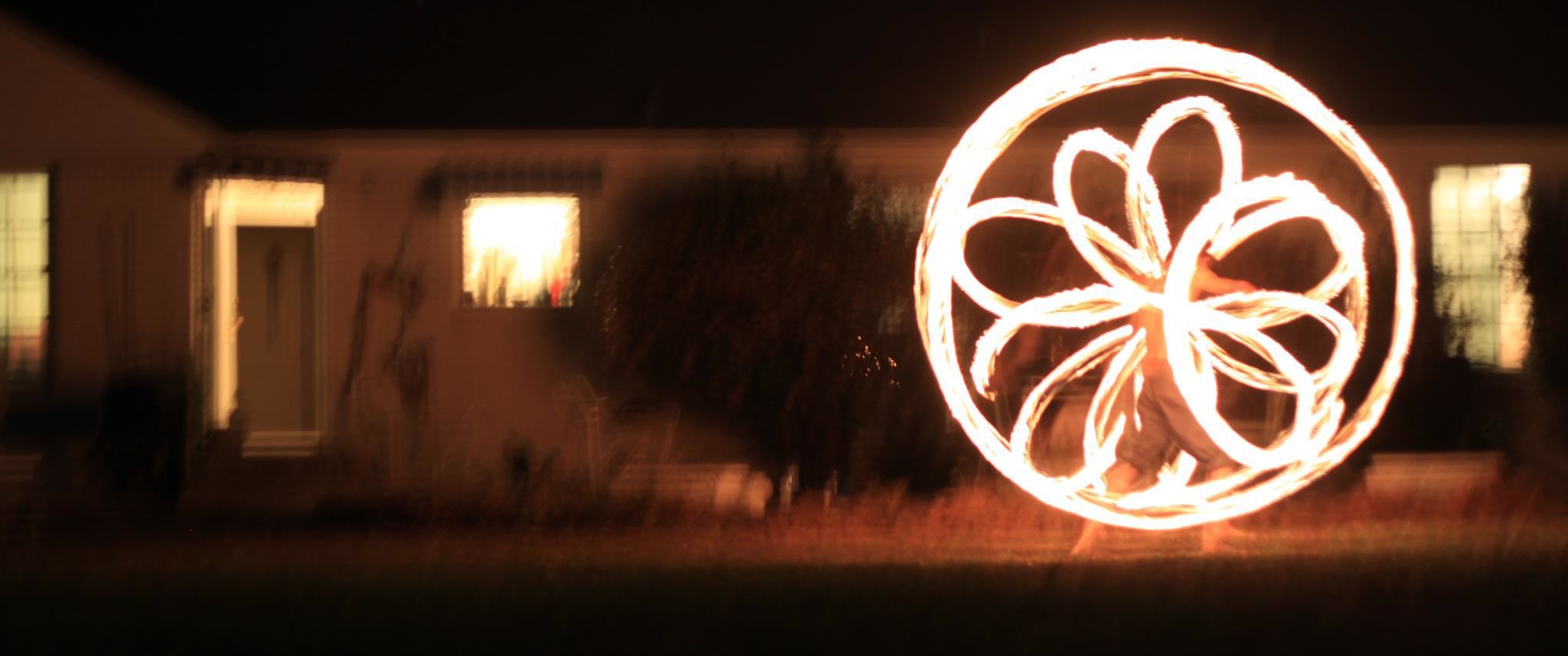Community dynamics are complicated. They’re constantly changing and evolving with every little variable reacting to every element. A bird eats a seed, poops it out and plants a tree for you and me providing shade and shelter from the too much of the Sun’s rays.
In many instances, the truth of community dynamics are paradoxes. At first glance it looks contradictory but the underlying principles guide a more complex and diverse environment in the long run.
Home for Pests
I believe all gardens need to provide a shelter for the rampant reproduction of aphids. They’re one of the first pests that I’ve observed to infiltrate beginning gardens. The reaction is to spray them all off and eliminate them from the garden immediately; however, ladybugs and other beneficial insects require these pesky bugs to thrive. Without them, the beneficials leave to find a home somewhere else just not in your garden.
A Few Facts about Ladybugs
The famous lady bug is a voracious gorger of aphids. A larva, a baby ladybug, will eat roughly 500 aphids a day. An adult may eat as much as 1000 or twice as many. Without an infestation of aphids, you have no ladybugs. In many instances, people will buy dehydrated ladybugs and release them into the garden. Life is not stupid. If they know there is an insufficient supply of food, they go somewhere else that can provide.
Arguing for Aphids
As people, we enjoy jumping to conclusions that aphids are a pest and provide no benefit to the garden. In my opinion, the need for pests are to restore ecological balance and feedback on whether a garden is resilient or brittle. If a plant within a garden can hold out until the ladybugs and wasps come, it’s a sign of resilience. If the plant withers away and dies, the garden is brittle breaking down from a greater effect that is not as evident.
The true underlying cause is that the plants within the garden are not in a proper habitat to thrive. The elements I’ve observed that provides a thriving space for them are soil, and plant diversity.
The proper soil habitat creates an environment for all types of plants. The right mixture then creates a home for an assortment of animals. Creating soil is simply adding more dead or digested material to the top of the soil and continually feeding the soil biome. Continually disturbing the soil structure kills off the soil life. In fewer words, don’t till every season. For compacted soils, take a fork and loosen up the soil by stabbing it and loosening it without turning it. The soil structure remains intact allowing water and life to begin again with time.
Victims to our Own Actions: We are Our Own Pest
I was having a deep conversation with some friends the other night about victims and if they were necessary. In my eyes, yes we do. Victims are usually people harmed by their own ideas, words, or actions. It happens to all of us. We are our greatest enemy just as aphids are to a weak brittle garden. However, if we come to terms that we are often harmed by our ignorance then we can take this feedback loop and turn it into a negative feedback loop where we observe a destructive pattern, stop it, and change it to one that eliminates the symptoms of being victimized.
I’ve seen it time and time again with myself. For example, I witnessed how my father chose to work for long hours for many days supporting his family and our futures. Once he established his foundation enough, he continued to work to develop a stronger foundation and neglected the responsibility of enforcing discipline, responsibility, and bonds between all of us. Today, I’ve become the image of my father. I work long hours and I’m working to create a foundation that supports the future. As much as I tried not to be like him. I am him.
The same is true for many relationships; people to people, people to nature, an individual and themselves, people to technology. Once we can identify the pest within us, it’s only a matter of unleashing the beneficial cycles and patterns that resolve the underlying issues. In my opinion once we can learn to do that with ourselves developing a community with other people gets much easier. We are open to discussing the brittle areas and the resilient ones. In this way, we all become resilient to the aphids within us, which is really just food for a higher order of thinking and living.
In permaculture, this can be summed up with the principle that the problem is the solution. That’s all.
